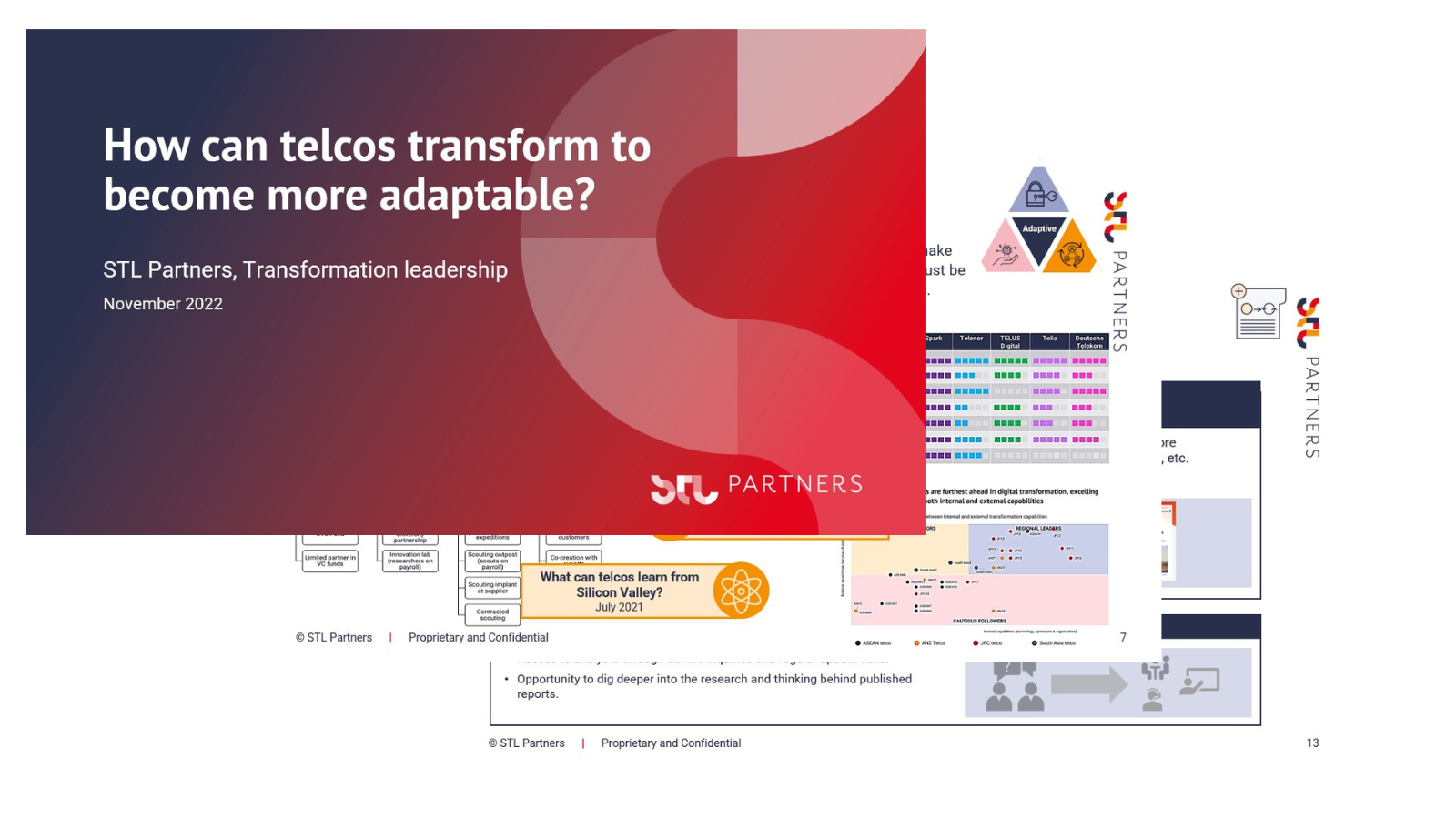
A multi-vendor approach and its role in 5G success
The transformative impact of 5G on the telecoms, and other industries, is widely acknowledged. For operators seeking to capitalise on this opportunity, a multi-vendor approach is likely to hold the key to success. This article draws on primary research with Tier 2 and 3 telcos conducted by STL which aimed to understand their approaches towards 5G SA.
The enhanced features and functionalities of 5G SA are well known, including low latencies, greater reliability, and increased capacity. Furthermore, its cloud-native design can enable operators to offer new use cases and value-added services. However, the benefits and opportunities of 5G SA have implications far beyond the new services it can enable. For the first time, 5G is cloud native by design, with modular service-based architecture giving rise to greater flexibility and programmability
There are several challenges involved in moving towards 5G SA, particularly with regard to integration
Despite the opportunities that 5G SA presents, there will be a number of challenges for operators. Rolling out 5G SA requires a new approach: operators to develop new skills amongst its workforce if they are to move towards a disaggregated, cloud native approach. The challenges may be addressed in the following ways:
- Develop the right skills and capabilities within the organisation, for example by doing in-house integration of different vendors within the 5G core
- Outsource integration and interworking requirements to an SI, or adopt a multi-vendor 5G core suite that has been pre-integrated
- Use a single vendor to avoid some integration and interworking requirements, but potentially giving up many benefits of disaggregation.
5G Standalone (SA) is an exciting prospect for telecoms operators. With many operators’ revenues from traditional connectivity beginning to stagnate, or even decline, there is increased pressure for operators to create differentiation and offer new services and play higher up the value chain to move beyond the provision connectivity.
There are key benefits of a disaggregated approach to 5G SA
Embracing a disaggregated approach to 5G does not so much enable as encourage a more agile operating model. Some of the exciting features that 5G SA can give rise to include:
- Automation – Increased automation throughout the network, including deployment, orchestration, assurance, and optimisation can give rise to “zero touch” networks that do not require human intervention, and can self-repair and update autonomously on an ongoing basis.
- Disaggregation – Relies on an open standard network operating system whereby different functional components of networking equipment can be deployed individually and then combined in a modular, fit for purpose way, to suit the requirements of an operator’s network. This architecture relies on the interworking between the multi-vendor components within the 5G core. Disaggregation can allow vendors to offer best in class capabilities for each individual component, providing operators with unprecedented choice and customisability.
- Avoiding vendor lock-in through a diversified supply base – One of the key benefits of a disaggregated approach to the 5G core is to break vendor lock-in that has tended to dominate legacy approaches. Vendor lock-in can be a key limitation on the speed of innovation and service deployment.
For more details on the benefits of 5G SA, please refer to our report on this topic.
However, moving towards this model is not without its challenges, and operators’ approach to adopting 5G SA will have key implications on their ability to rise to this challenge and fully capture the value of 5G.
How are operators approaching 5G SA vendor selection?
There is a wide range of diversity in the approaches of different operators towards 5G vendor selection. While some operators are proponents of a single vendor approach, others are seeking to deploy a multi-vendor approach that is either consortium based or is assembled in-house. The third group of operators are those that have reached a level of ‘compromise’ in their approach, that differs from their initial intentions. For example, they may have intended to move forward with a multi-vendor approach but had ultimately settled on the use of a single vendor, or vice versa. This can happen for various reasons, for example, dealing with deadlines for rollouts.
There are a number of factors that influence these different approaches, including:
- Personal preferences and philosophies of key decision makers – Certain decision makers may be drawn to a single or multi-vendor approach due to individual factors. These may be personal beliefs on the benefits and drawbacks of a particular approach, which may in turn be influenced by past experiences.
- Legacy approaches to 4G selection – An operator’s previous strategy with the 4G core can also influence their approach to 5G SA. Depending on what went well (or less well), can make an operator more or less inclined to change their vendor strategy as it relates to 5G.
- External market pressures – Local market pressures, for example, government mandates timelines around the introduction of 5G, as well as the regulatory or geopolitical landscape with regards to specific vendors, can influence vendor strategy.
The diagram below highlights these two key approaches, as well as the relative pros and cons of each.
There are different operator approaches to vendor selection

What should operators do if they haven’t yet decided on their 5G SA strategy?
For operators still deciding on their 5G SA vendor approach, STL Partners recommends the following:
- Be open to challenging assumptions within the organisation around adopting a disaggregated approach.
- Keep your finger on the pulse, as this is a fast-moving space and vendor offerings can change.
- Look for a vendor with history of cloud-native deployments.
- Ensure buy-in across the organisation, as it is not uncommon for management teams and technical teams to have different perspectives with regards to a disaggregated, multi-vendor approach.
- Explore vendor consortiums. A consortium is a pre-integrated suite of network functions from different vendors, which is arguably a single suite from the operators’ perspective and can address the (sometimes challenging) work of integration and interworking. However, the burden of responsibility to ensure that these are working smoothly on an ongoing basis depends on the scale and influence of the operator.
- Attract a virtuous cycle around people and skills. Operators should recognise the value of developing the right culture and skills, transitioning from what can be vicious cycle to a virtuous one.
- Access and leverage vendors’ knowledge to help fill internal knowledge gaps.
Network APIs: Unlocking new value in the telco cloud
Network APIs may offer an answer to the question of how to monetise recent and upcoming telco cloud deployments. Virtualised networks upgrade APIs and enhance the value they offer to developers and customers. To unlock their potential, telcos should focus on optimising their commercial models.
Progress in telco cloud: How do we measure agility?
In the January 2023 update to our Telco Cloud Deployment Tracker, which was looking back at the entirety of calendar year 2022, we recorded an overall slowdown in deployments.
Network Futures overview pack
Our Network Futures Service provides a roadmap for new network ownership, regulation and partnership models, and insights. into new technologies, industry dynamics and new players.




